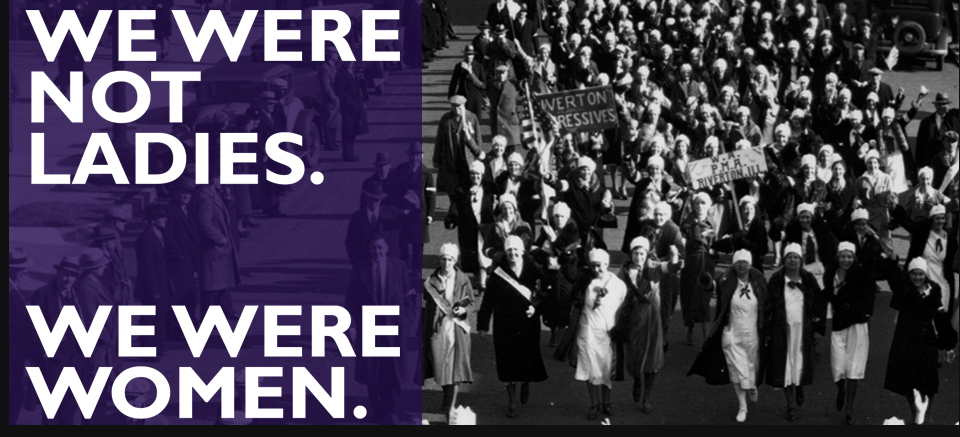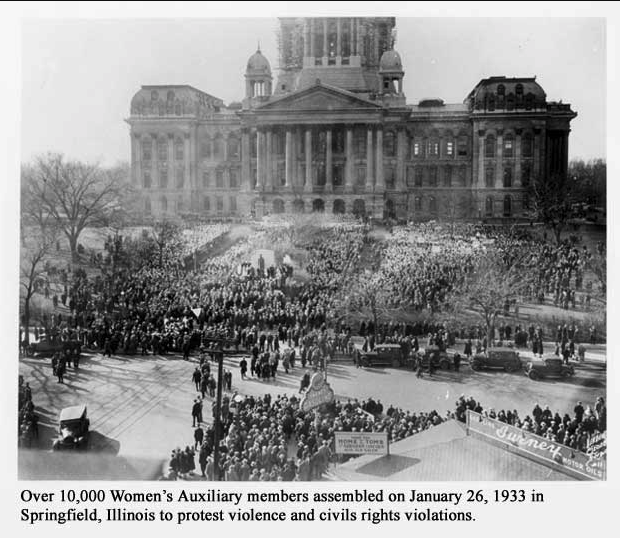xxx
 source: https://www.minewar.org/wp-content/uploads/2015/06/wwnl_banner.jpg
source: https://www.minewar.org/wp-content/uploads/2015/06/wwnl_banner.jpg
Listen to this excellent 50-minute audio documentary by Jeff Biggers, author of Reckoning at Eagle Cree. The Secret Legacy of Coal in the Heartland (Southern Illinois University Press, 2010):

CLICK ON THE URL: http://www.minewar.org/?page_id=2129
 source: minewar.org
source: minewar.org

